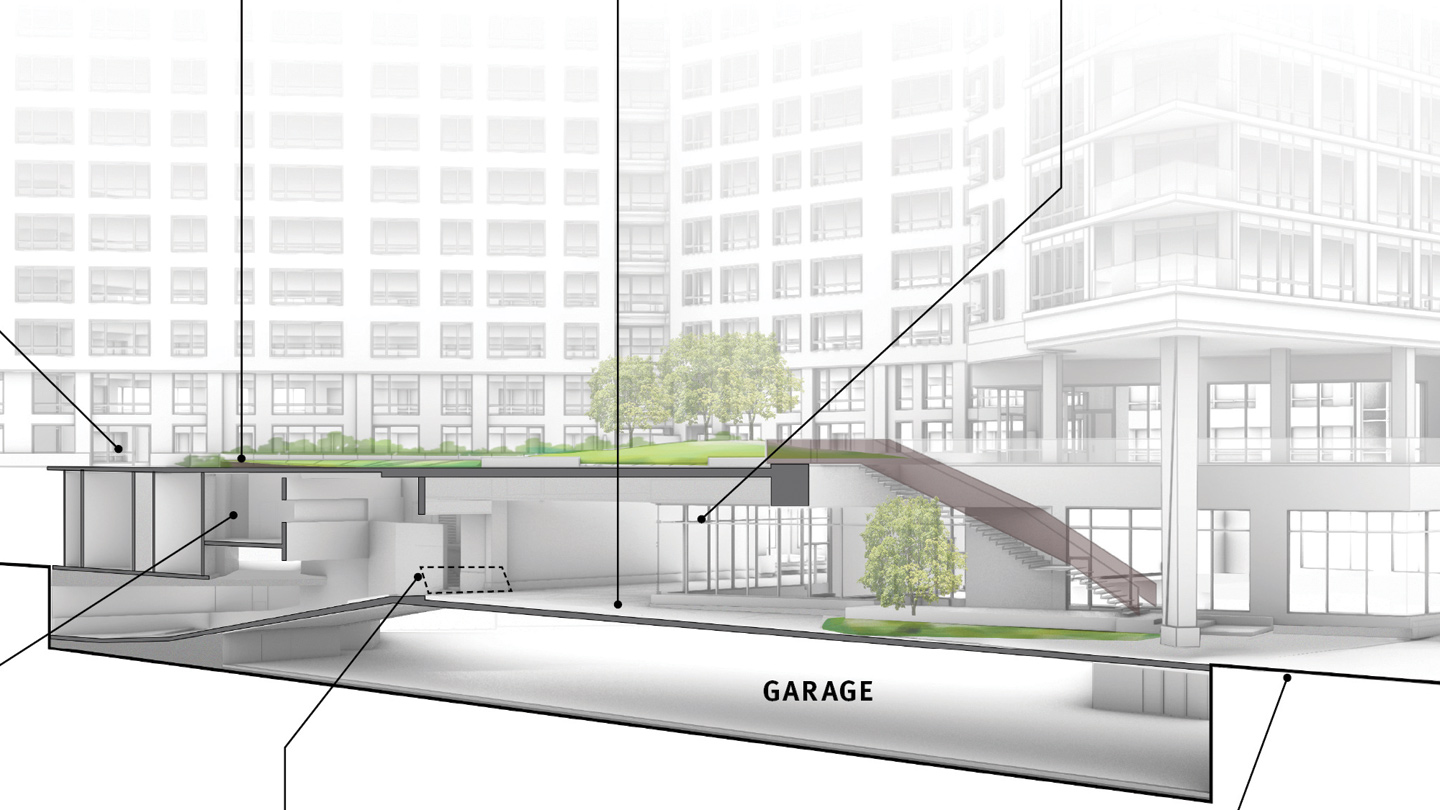Fall 2020 Issue
Rethinking Real Estate: The Office of the Future
By: Ron DervenSafety, health and wellness in buildings and workplaces may become as important over the next 10 years as LEED certification has been over the past decade.
Industrial Emerges from Pandemic in Relatively Good Health
By: Trey Barrineau, Kathryn Hamilton, Shawn Moura, Ph.D., Marie Ruff and Brielle ScottPanelists at NAIOP’s I.CON Virtual 2020 shared good news about the sector’s resilience.
Doing CRE During a Crisis: Remote Work, New Technologies
By: Trey Barrineau, Daniel Levison and Turner LevisonCOVID-19 is forcing the industry to embrace teleworking and a wide array of digital tools.
Download the Fall 2020 Issue of Development
Download a PDF version of the Fall 2020 Issue of Development.
Must-Read Articles

Construction Uncertainty Continues as Pandemic Persists

Cold Storage Can Be Complex and Costly

There's Opportunity at the Office Park

CRE Financing Transitions from LIBOR

A Mass-Timber Building Rises in San Francisco

Parking: The Long-Distance Truck Driver’s Prayer
RELATED RESEARCH AND PUBLICATIONS
Industrial Space Demand Forecast, First Quarter 2025
Economic Impacts of Commercial Real Estate, 2025 U.S. Edition
Office Space Demand Forecast, Fourth Quarter 2024
PERSPECTIVES
#WFH Now, But We’ll Return to the Office
Four Students Receive NAIOP Diversity Student Scholarships
NAIOP's Visionaries Graduate to Governors
CEO on Leadership: Kimberly Sherman Stamler, President, Related Beal
ADDITIONAL ARTICLES
The Tax Benefits of Turning Art into Real Property
- Business/Trends,
- Tax,
- ...
Future-Proofing Through Design: Resiliency in Boston's Seaport District
Improved Office Accessibility Can Benefit Everyone
Don't Wait to Comply with ASC 842
New & Noteworthy
Opportunity Zone Updates: 2020 and Beyond
How to Fight Excessive Property Taxes During COVID-19
Not Your Father's Mall Anymore
Democrats Unveil Blueprint for a Green Economy
Building Urban Streets from Scratch in Pittsburgh
ARCHIVED ISSUES
View All Archived Issues Winter 2024/2025 Issue
Winter 2024/2025 Issue
Development magazine’s winter issue delves into the evolving uses of artificial intelligence in the commercial real estate industry, from lease management and building operations to portfolio assessment and data analysis.
 Fall 2024 Issue
Fall 2024 Issue
Development magazine’s Fall issue profiles Crescent Communities, explores the growing impact of spaceport real estate around Houston and along Florida’s Space Coast, the commitment to prioritize employee well-being and environmental stewardship in the design of REI Co-op’s latest distribution center, and the innovations involved in the development of EVE (Electric Vehicle Enclave) Park in London, Ontario.
 Summer 2024 Issue
Summer 2024 Issue
This issue features a cover story on The Stack, the first high-rise office project in Canada to earn Zero Carbon Building Design certification. Other feature articles examine the new realities of CRE investing across different sectors, the challenges of finding move-in-ready space for advanced manufacturing startups, and lessons learned from Mark IV’s acquisition and master planning of a 4,300-acre Opportunity Zone industrial project in northern Nevada.
















